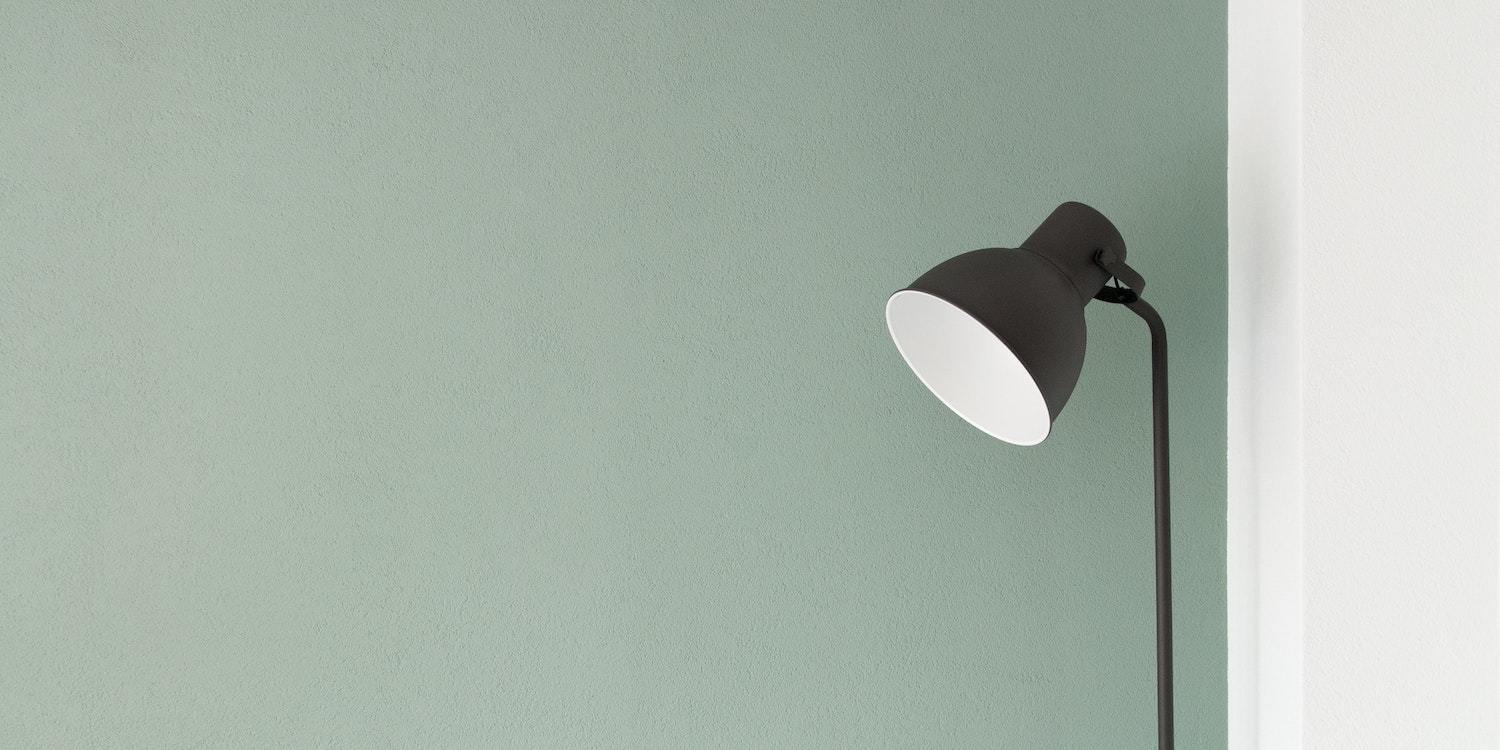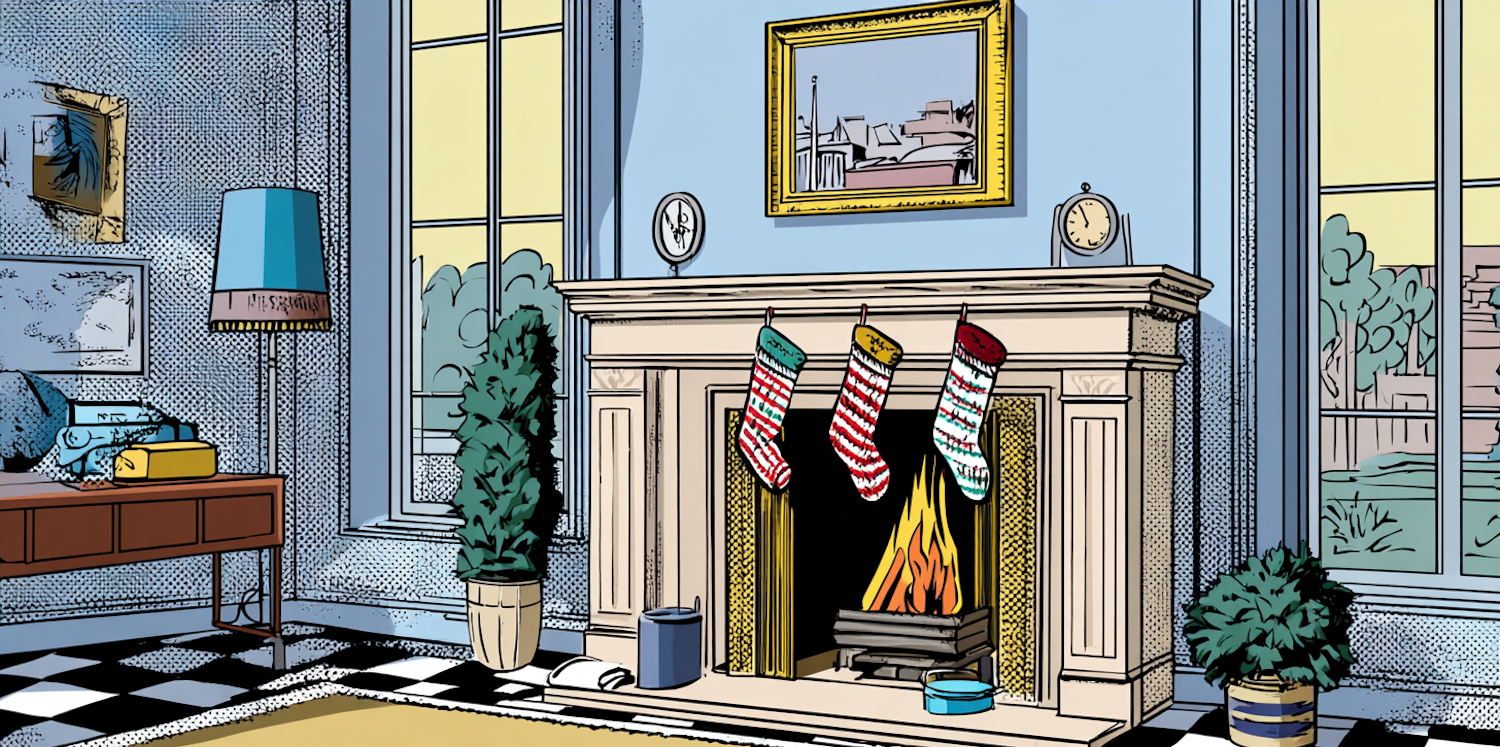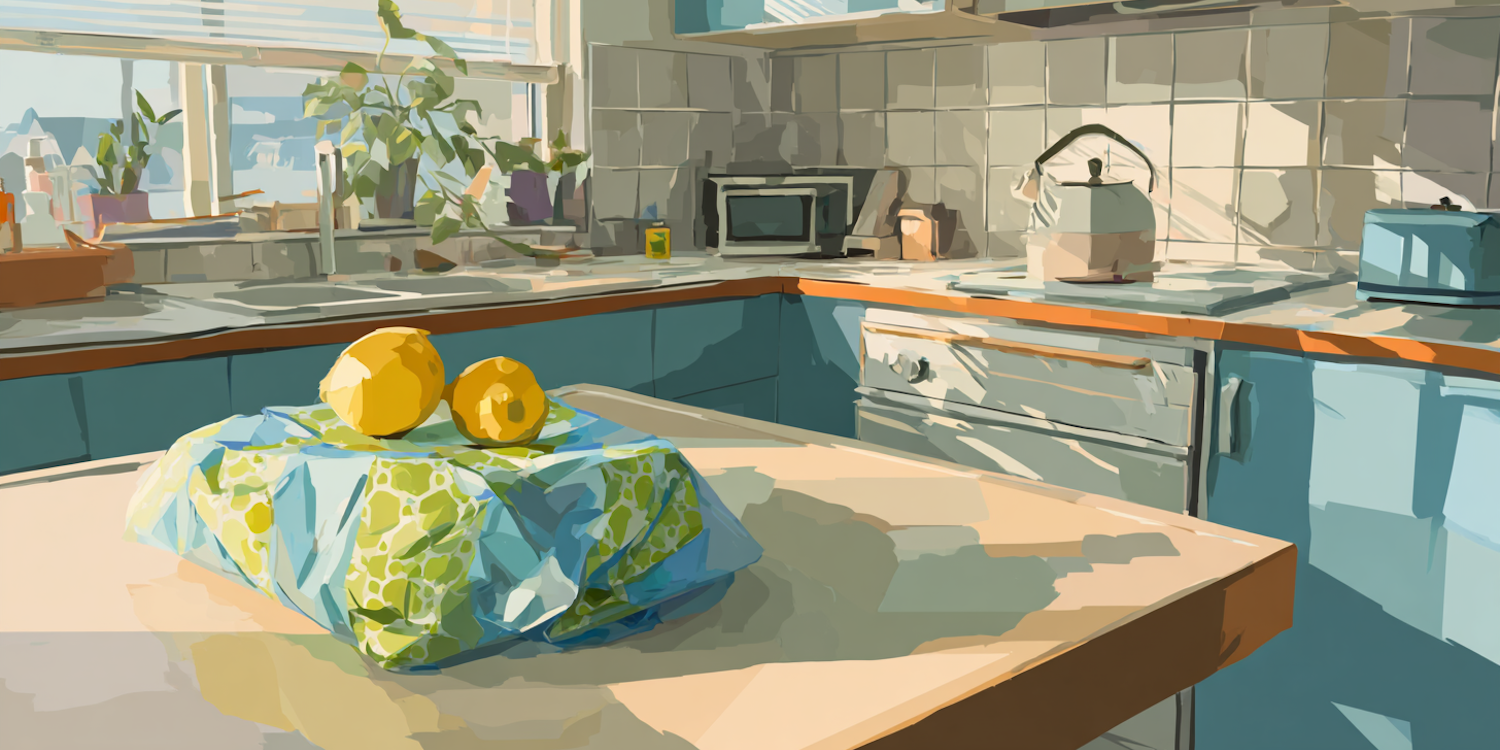You want to get started with minimalism, but you’re not sure how to begin. There are so many different minimalist methods and philosophies. And you get overwhelmed when you think about all the clutter you want to minimize.
Taking your first steps into minimalism can feel unfamiliar and intimidating. But you’re not alone. We’ve honed in on nine simple steps to help you start with confidence, lay a solid foundation and avoid burning yourself out.
Everyone’s journey to minimalism is unique, so these ideas aren’t meant to be a checklist you have to follow. Instead, think of them as stepping stones to help you find the minimalist lifestyle that’s right for you.
1. Define Your Core Values
In our post What is Minimalism?, we shared one definition of minimalism from Joshua Becker: “Minimalism is the intentional promotion of the things we most value and the removal of everything that distracts us from it.”
Before you begin minimizing, take some quiet time to define your core values. This helps you make decisions that are in line with what you really want and makes it easier to set and achieve your goals.
Some examples of core values could be creativity, independence, simplicity or family time. Once you’ve written down your personal values, you can use them as a map for your journey.

2. Get Clear About Your End Goal & Vision
Now that you’ve dug deeper into your values, ask yourself what your end goal or vision is. Why do you want to get started with minimalism? What parts of a minimalist lifestyle appeal to you?
Maybe you want to spend less time cleaning and more time relaxing, so you envision a clutter-free home with only your favorite possessions. Or maybe you want to create an environment where you can follow your passion, so you picture a home that inspires you and helps you focus.
Your goal and vision may change over time — and that’s okay. Having a vision of where you want to go helps keep you motivated. And setting goals can make it easier for you to form and stick to new habits.
3. Make a List of Areas You Want to Minimize
Now that you have a clear vision of your end goal, consider what you need to do to get there. At this stage, it’s easy to get overwhelmed. Writing things down on paper can help you get organized and let go of the need to keep everything in your head.
Make your list as specific or general as you want. You can stick to major areas, like the garage, living room and kitchen. Or you can write every detail down to the last sock drawer.
To reduce overwhelm, remember that this list isn’t a daily to-do list. It’s a big-picture guide that will help you track your progress over time.
“Minimalism is the intentional promotion of the things we most value and the removal of everything that distracts us from it.”
4. Choose Your Decluttering Method
There are dozens of minimizing methods out there — feel free to experiment to find the strategy that works best for you. If you decide to switch methods, it can help to finish the task or area you’re working on first. That way, you don’t have too many projects going at once.
Some common methods for minimizing possessions in your home include:
- Working room by room
- Decluttering items by category (like clothing, art or books)
- Removing a set number of items each day
Whatever method you choose to start with, remember that your minimalist lifestyle doesn’t have to look like anyone else’s. Minimalism isn’t confined to white spaces or empty closets. As you get started with minimalism, you can create a space that is right for you.
As you declutter, separate items into categories:
- Keep: Items you want to keep in your home
- Donate: Useful items that are in good condition
- Recycle: Worn-out or broken items made from recyclable materials
- Compost: Items like paper, uncoated cardboard or natural fabrics
- Discard: Other items that are broken, worn out or unusable
- Decide Later: If you’re on the fence, try putting items in a box or bin and waiting to reevaluate (just try not to put everything in this category!)
5. Start With Small Wins
When you start a new project, it’s tempting to tackle the biggest, scariest task first. However, we recommend starting with easy, manageable areas. Some of the best places to begin are small spaces you use often, such as:
- Your desk
- Your junk drawer
- Your kitchen gadget drawer
Since you use these spaces regularly, you’ll feel a noticeable difference. This helps you practice, gain confidence and experience the benefits of minimalism quickly. That way, you’ll be more prepared to take on trickier areas like your closet or garage.
6. Rehome Items Responsibly

Removing excess clutter from your home can help you feel lighter and less stressed. And with some planning, you can make this process more sustainable.
Resist the temptation to simply throw everything in plastic bags and send it to the landfill. This contributes to environmental problems like pollution, greenhouse gases and microplastics.
Instead, consider options like:
- Donating useful items in good condition to shelters, charities or secondhand shops
- Recycling any items your local facilities accept
- Sending worn-out clothing or textiles to places like For Days, a company that accepts old clothes in any condition
- Adding any compostable items to your compost bin or pile
By working to declutter sustainably, you can clean up your home while reducing your impact on the planet.
7. Give Yourself Time
Minimizing your possessions doesn’t happen in a day, a week or sometimes even a year. After more than five years of learning about minimalism, I’m still a “work in progress.”
Don’t pressure yourself to get everything done at once. Work within your schedule and at your own pace. When you’re taking on a big task, like cleaning out the garage, break it down into smaller tasks and complete them over time.
At first, it may not seem like you’re making much headway. But soon enough, you’ll be able to look back and realize how far you’ve come!
8. Share Minimalism With Love
Once you experience the benefits of minimalism, you want to share with the people you care about. But what do you do when your loved ones don’t feel the same way?
There’s no formula that fits every situation. Still, one of the best ways to share your love of minimalism is to simply be yourself!
Try to avoid lecturing others or pushing them to adopt minimalism before they’re ready. Let them know about your goals and why you’re pursuing them. Then, take care of the things that are in your control and be patient. People often feel more open to minimalism once they’ve seen the benefits for themselves.
9. Get Started With Minimalism in Other Areas of Your Life
Of course, minimalism isn’t all about the stuff you own. Decluttering your home and possessions is only one part of a minimalist lifestyle. Once you find your groove, you can begin to apply what you’ve learned to other areas of your life, such as:
- Finances
- Food
- Fashion
- Time Management
- Shopping
- Technology
As you continue to pursue the things you value, you’ll find that these areas begin to naturally align with what matters most to you.
A Minimalist Lifestyle Can Benefit You and the Planet

Now that you’ve laid your groundwork, you’re ready to get started with minimalism. We hope these tips help you feel confident and set for success.
Minimalism allows you to create more space in your home and life. That way, you can focus your time and energy on what you truly care about. And by being intentional about what you consume, you can help care for the planet, too.
We’d love to hear about your experiences, thoughts or questions about minimalism. Is there an area you’d like to learn more about? Share it with us in the comments!






